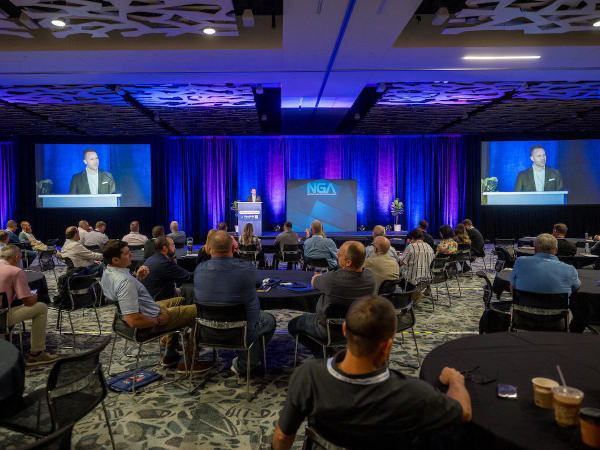Date: 17 September 2009
This compact device, no larger than a pack of cigarettes, is the ideal tool for glass finishers and manufacturers of insulated glass to quickly and easily identify the tin side of float glass. 
Gary Dean, CEO of Bohle America explains: "The TinCheck uses electronic components of the newest generation, some of which have just left the development laboratories a few months ago".
In modern glass production the float process is primarily used. As a result of this manufacturing process, one distinguishes the sides of the glass according to which side lay on the tin bath and which side did not, i.e. the tin side and the atmospheric side. This difference can only be detected with the aid of measuring tools.
The tools which are currently available on the market are equipped with mercury lamps that have a short service life and high energy consumption. In order to obtain unquestionable results with these tools, measurements must be taken from both sides of the glass. Furthermore, these tools cannot be used reliably under certain lighting conditions - it is often necessary to additionally shade the detected surface.
"In developing the TinCheck, we have made a point of eliminating the substantial drawbacks of conventional measuring tools by utilising the newest technology", according to Dean. "By using electronic components of the latest LED generation, the TinCheck can graphically display the correct result after just one measurement", he further explains. When the tin side is detected, a green diode lights up; the atmospheric side is indicated by a red diode. Colour-blind customers can orientate themselves by an acoustical signal which can be switched off.
TinCheck can be universally used with two work modes: Mode A, the basic setting of the tool, presents its results based on stored reference measurements of sample glass panes of various glass manufacturers. In customer mode B, the user can make a comparison measurement (measurement from both sides) on a reference pane of glass to define a threshold value and store it in the tool. Thus a correct result can be achieved even with uncommon glass.
With LED lamps and an automatic switch-off after approx. 90 seconds, the energy consumption is so low that the TinCheck is totally independent of the mains supply and the included batteries ensure long operation. Furthermore, the LED technology of the TinCheck guarantees that the lamps last much longer as well.







Add new comment